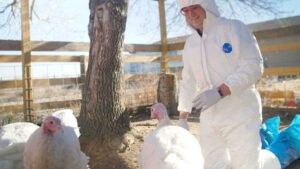
- enrichment, resident care, resident enrichment
Inexpensive and easy-to-procure enrichment ideas!
- enrichment, resident care, resident enrichment
Inexpensive and easy-to-procure enrichment ideas!
Home » Animal Care » Page 6











Join our mailing list to receive the latest resources from The Open Sanctuary Project!






© Copyright 2018-2025 The Open Sanctuary Project, Inc
EIN 83-2139828 | 7522 Monarch Road, Niwot CO 80503
© Copyright 2018-2022 The Open Sanctuary Project, Inc
EIN 83-2139828 | 7522 Monarch Road, Niwot CO 80503